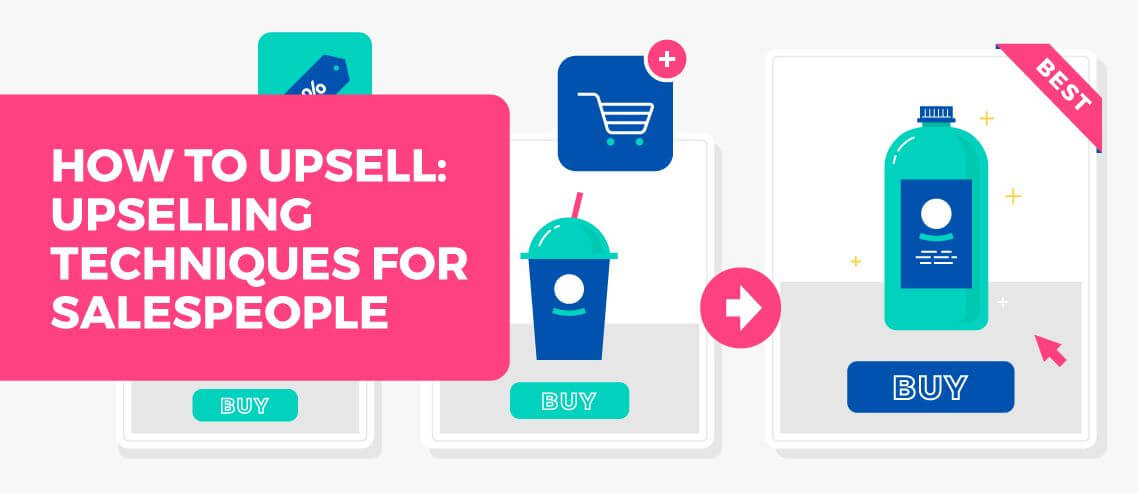How to Leverage Open-ended Sales Questions to Close Your Sales
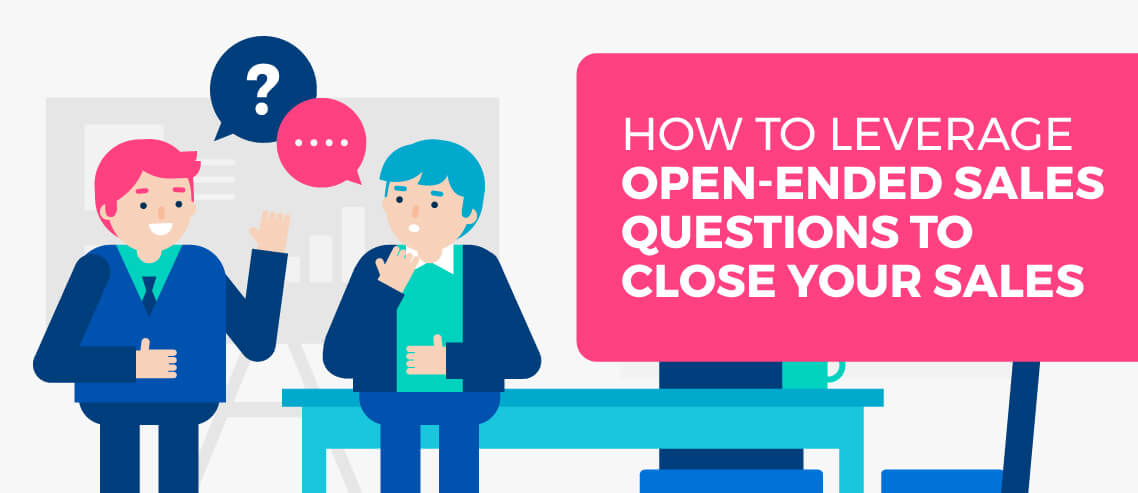
There are two types of questions out there: open-ended questions and closed-ended questions.
The way we use these questions can affect many areas of our lives, from our ability to build and maintain friendships, to how effective we are at selling.
So what’s the difference between an open-ended question, and a closed-ended question?
A closed-ended question can be answered in just a few words, or even a single word. These are questions like: “Did you have a good weekend?” or “Do you like your job?”
Open-ended questions, however, invite further conversation. We’re almost forced to elaborate with our answers. Questions like “What did you do over the weekend?” or “What do you like and dislike about your job?” are open-ended equivalents to the questions above.
So why should you be using open-ended questions in sales (especially when it comes to closing a sale)? Simply put, it keeps the conversation going. Closed questions give customers an easy way out. They may be interested, but they’re sitting on the fence. Make it easy for them to say “no,” and they probably will.
Open-ended questions make saying “no” much trickier. Instead, they get prospects talking, enabling you to discover more about their situation and what’s preventing them from moving forward with the sale.
Sound good?
That’s because it is – but there’s more to asking open-ended questions than simply using the right (or wrong) phrasing.
When Open-ended Sales Questions Go Wrong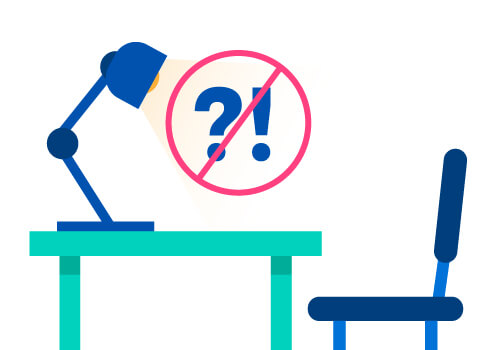
Simply replacing closed questions with open questions isn’t enough to make a sale. As with most things in life, there’s a right way and a wrong way to do it.
Here are a few tips for asking open-ended questions the right way:
Sound genuine
It’s really easy to sound forced when asking any sales question, and it’s one of the easiest ways to lose a potential customer’s trust and respect. Take a genuine interest in prospects so your questions come across as honest and natural.
Don’t interrogate
A genuine interest in what your prospects have to say is critically important. Making them feel like they’re under interrogation is a critical mistake. Keep things casual and friendly at all times.
Don’t answer your own questions
When a potential customer doesn’t respond fast enough, it’s really easy to fall into the trap of filling the silence with your own thoughts. Instead, be patient, and let prospects respond in their own time.
If the silence becomes deafening, simply move onto another question.
Actually listen
When engaged in a conversation, far too many salespeople (and people in general) focus so much on what they want to say next that they completely overlook the other half of the conversation; i.e., what the other person is saying.
If you want to be successful in sales, you have to listen, and you need to adapt your responses accordingly.
12 Open-ended Questions to Close a Sale
Ready to change how you approach closing sales? Here are 12 open-ended questions that will help you do exactly that.
1. What impact do you think this product would have on you or your business?
This question forces the prospect to think for themselves. In fact, it almost eliminates the need for you to do the closing, since it puts the onus on them instead.
Ask this question once you feel confident the prospect understands your product’s key features and benefits, and how those features and benefits apply to them. You can then leave it up to the prospect to figure out how and why your product is a fit for their business.
2. If you were to solve x problem (problem discussed in previous conversations), how would it impact you or your business?
By the time you feel ready to close a sale, you should have a solid understanding of your prospect’s primary pain points.
Assuming you do, pick their biggest pain point (so long as it’s one your product can solve) and ask them how overcoming it would impact them or their business. This will get your potential customer thinking about both the immediate and long-term benefits of resolving it.
Again, this question puts the onus on the prospect. It’s up to them to tell you how your product is going to help them.
3. Let’s say you failed to solve x problem – how do you see that impacting your business?
If question 2 doesn’t get results, flip it on its head.
Ask your prospect what they foresee happening if they fail to solve that same problem – whether that’s being less profitable than they could be, wasting time on tasks which could be automated, or losing indispensable members of staff.
Try to get them thinking about the worst-case scenario. This works because we’re much more likely to buy a product once we believe we’ll be worse off without it.
4. What would you be willing to invest in solving problem x?
Haven’t discussed pricing yet? This question should get you the information you need and allow you to seal the deal by agreeing on a price or pricing structure that’s both fair to the customer, and appropriate for the product you’re selling.
Use this when you know the customer’s on the verge of converting, but holding back from saying “yes” because they’re concerned about costs or stipulations in the contract.
5. What does x (i.e. competitor’s product) do that ours doesn’t?
Few products are entirely unique, so odds are each individual or corporation you talk to will be considering one or more products in addition to your own.
This means that understanding what you’re up against, and why a customer might choose a competitor’s product over your own, is key to giving you the edge (and in turn, making that sale).
Ask this question whether a potential customer has mentioned a similar product to you, or you simply have reason to believe they’re talking to a competitor. This question can help move a sale forward at all stages of the buying cycle, but it’s extra-useful if you’re on the cusp of closing and you just need to show why your product is the best choice for this prospect.
6. What’s your biggest reservation about our product?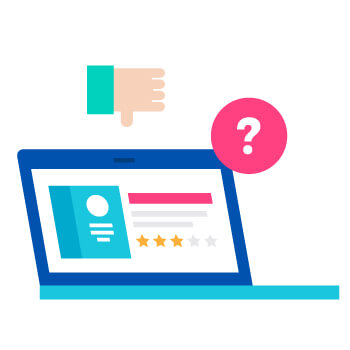
Say a lead’s interested. They don’t seem to have a problem with the pricing or the terms of the contract. You’ve demonstrated how your product can help them. But something’s holding them back. If you’re not sure what it is, ask them.
Find out what it is about your product that’s giving them pause. Once you know this, you’ll be able to overcome a key objection and hopefully close the sale.
7. What does your decision-making process look like?
The buying process can differ substantially between companies. A startup with 10 employees is going to have a very different decision-making process than a corporation with 10,000 staff members stationed across the country.
Finding out what’s involved in getting a “yes” is helpful early on in the sales cycle, but it’s an essential question to ask if you’re struggling to close.
8. What can I do to get you to say “yes” today?
So by now you’ve covered:
- Costs
- Contracts
- How your product will resolve this prospect’s specific pain points, and
- Why it’s going to do a better job of solving that pain point than anything your competitors are offering
It seems you’ve done everything right, but they’re still not saying “yes.”
What can you do next?
Simply ask the customer what you need to do to get them to say “yes.”
This one may seem like it’s verging on desperation, but when delivered correctly, it works.
Sure, the response you get might be unreasonable, and you may be unable to meet their demands. However, if you’ve got a solid lead in the palm of your hand, but you’re still not getting a “yes,” what do you have to lose by asking?
9. What’s stopping you from saying “yes” today?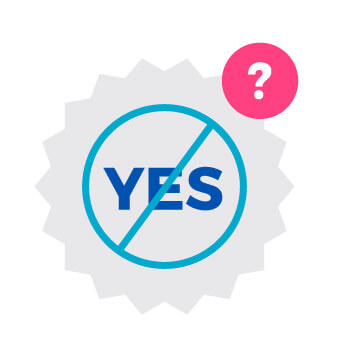
So now you’ve asked “What can I do to get you to say ‘yes’ today?” But it might not leave you feeling good. Your product is awesome. You shouldn’t need to give in to a potential customer’s demands, but you’ve put that option out there, and they’re still not saying ‘yes’.
It’s frustrating, but there’s only one thing you can really do at this point – ask them why.
“What’s stopping you from saying yes today?”
There’s no guarantee that the answer you’ll get will be useful, but if you don’t ask, you don’t get.
With any luck, you’ll be told exactly what you need to know to secure the sale that day – or at least in the near future.
10. What other questions do you have for me?
Now you’ve exhausted what seems like every possible avenue. Despite the fact that you feel you’ve got a genuinely interested prospect on your hands, they’re still not playing ball.
What now?
Ask them what other questions they have for you.
Sure, this might lead nowhere. It is an open-ended question, but it’s also easy to answer by saying “I don’t have any questions for you.”
On the other hand, their answer might reveal something you can leverage in order to get that sale.
11. What do you want to happen next?
Let’s say you know this prospect wants your product, but they’re still not saying “yes.”
Why not try asking them what they want to happen next?
Maybe they just want to be in the driver’s seat. If you can roll with the punches and let them take control, you may finally get that “yes” you’ve been after.
12. When can we begin working together?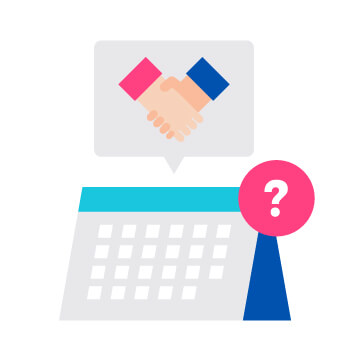
This one’s a classic closing question, and one that’s arguably overused. In the right context however, it makes perfect sense.
Why?
Because it’s simple, direct, and gets things moving. And isn’t that what you’re really after?



